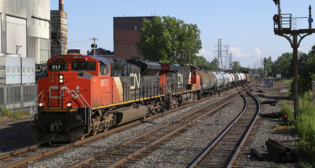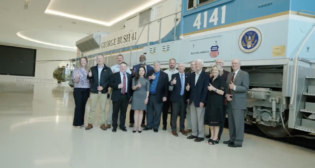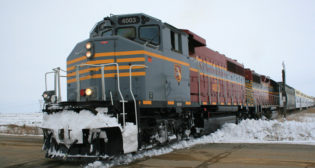
BNSF Adopts Rule Change Following Switching Movement Accident
Written by Carolina Worrell, Senior Editor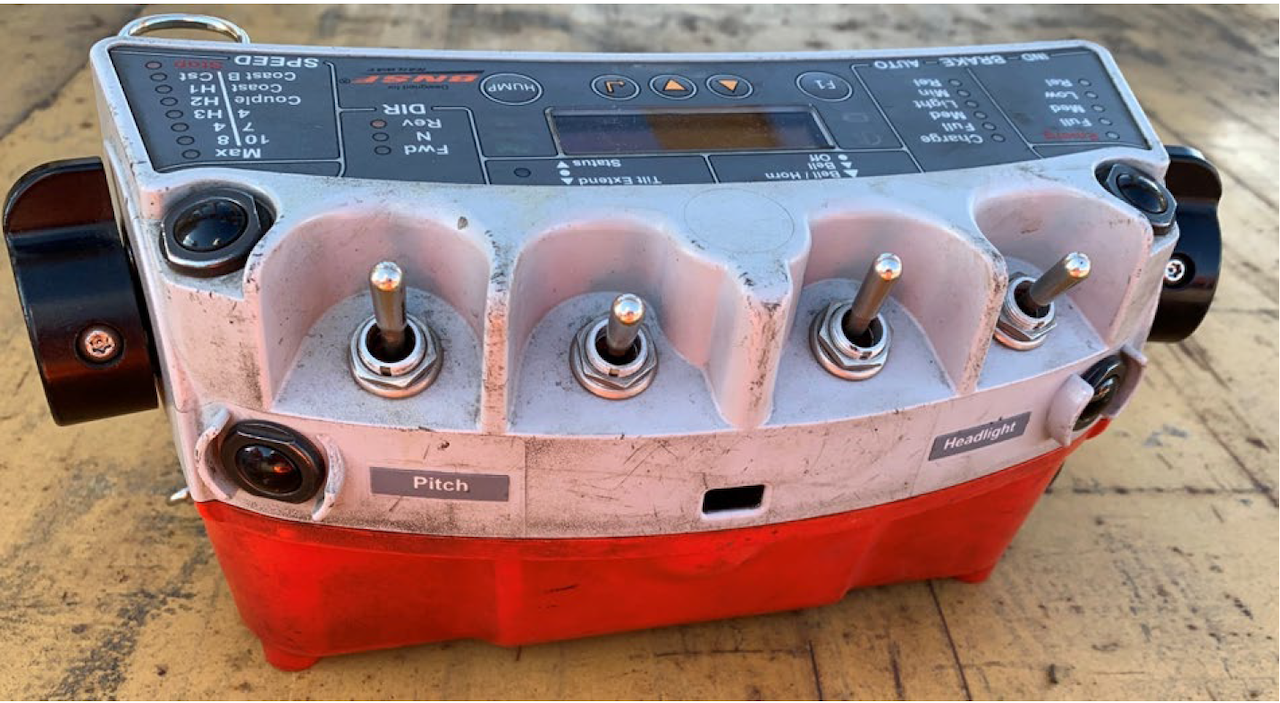
The accident OCU, a handheld device that enables a train operator to control the train remotely.
Following a Feb. 9, 2022, accident involving a BNSF Railway switchman who was struck and killed by a train during a switching movement in the railroad’s Denver, Colo., Globeville Yard, the Class I has adopted the following rule change: “when necessary to ride on the engine exterior, employees must not ride on platforms or walkways and must not ride on steps when coupling, and the train must not exceed 20 mph,” according to a National Transportation Safety Board (NTSB) Railroad Investigation Report issued June 9, 2023.
According to the report (download below), “BNSF Railway Employee Fatality RIR-23/06,” the Class I, which issued a system briefing to employees about the rule change on Feb. 22, 2022, also distributed a system briefing and safety alert on Feb. 11, 2022, informing all employees about the circumstances of the accident in the Globeville Yard and reiterating the operating procedures and rules for remote control operation. The alert instructs employees to “control in-train forces to mitigate slack action by gradually increasing the notch position, or speed setting, on the operator control unit (OCU) and emphasizes the need to stretch the train consist using a low-speed setting before commanding an increase in power.”
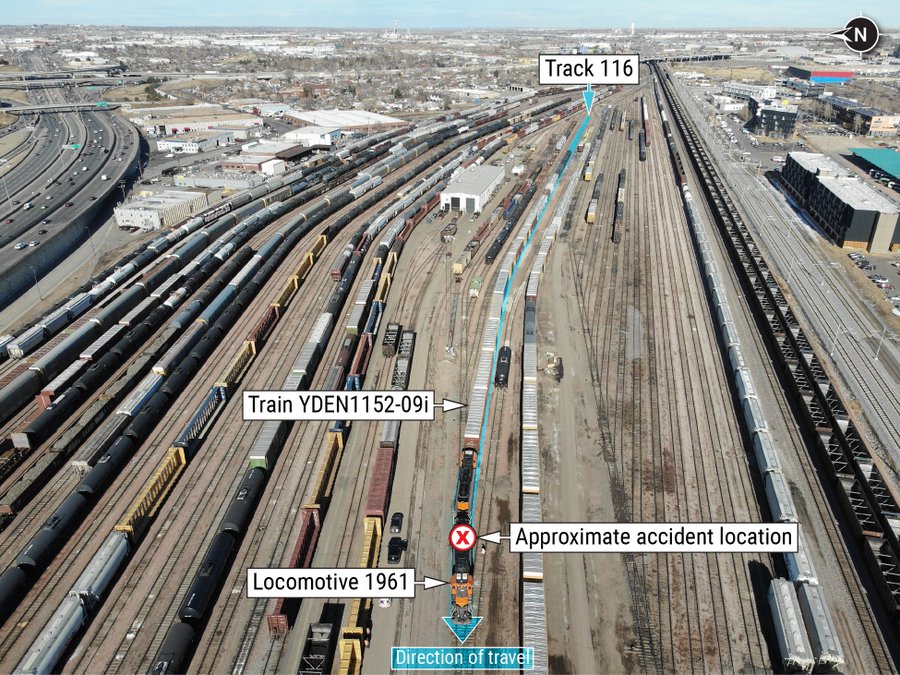
NTSB, according to the report, determined that the probable cause of the Feb. 9, 2022, BNSF remote control operator (RCO) helper fatality was “being struck by remote-control locomotive BNSF 1961 after falling from the locomotive’s front platform into the tracks when slack action in the train consist caused a sudden deceleration of the locomotive.”
